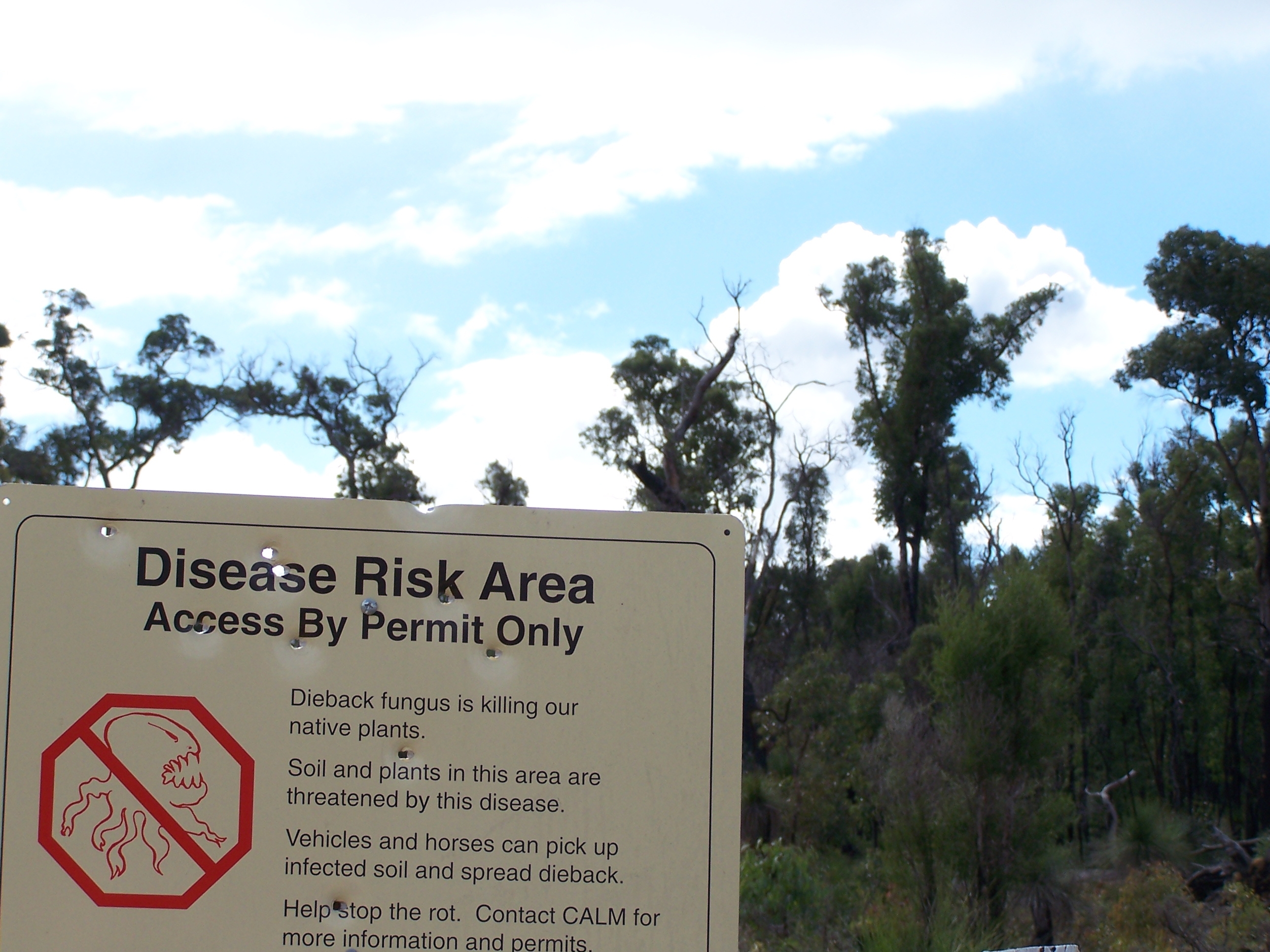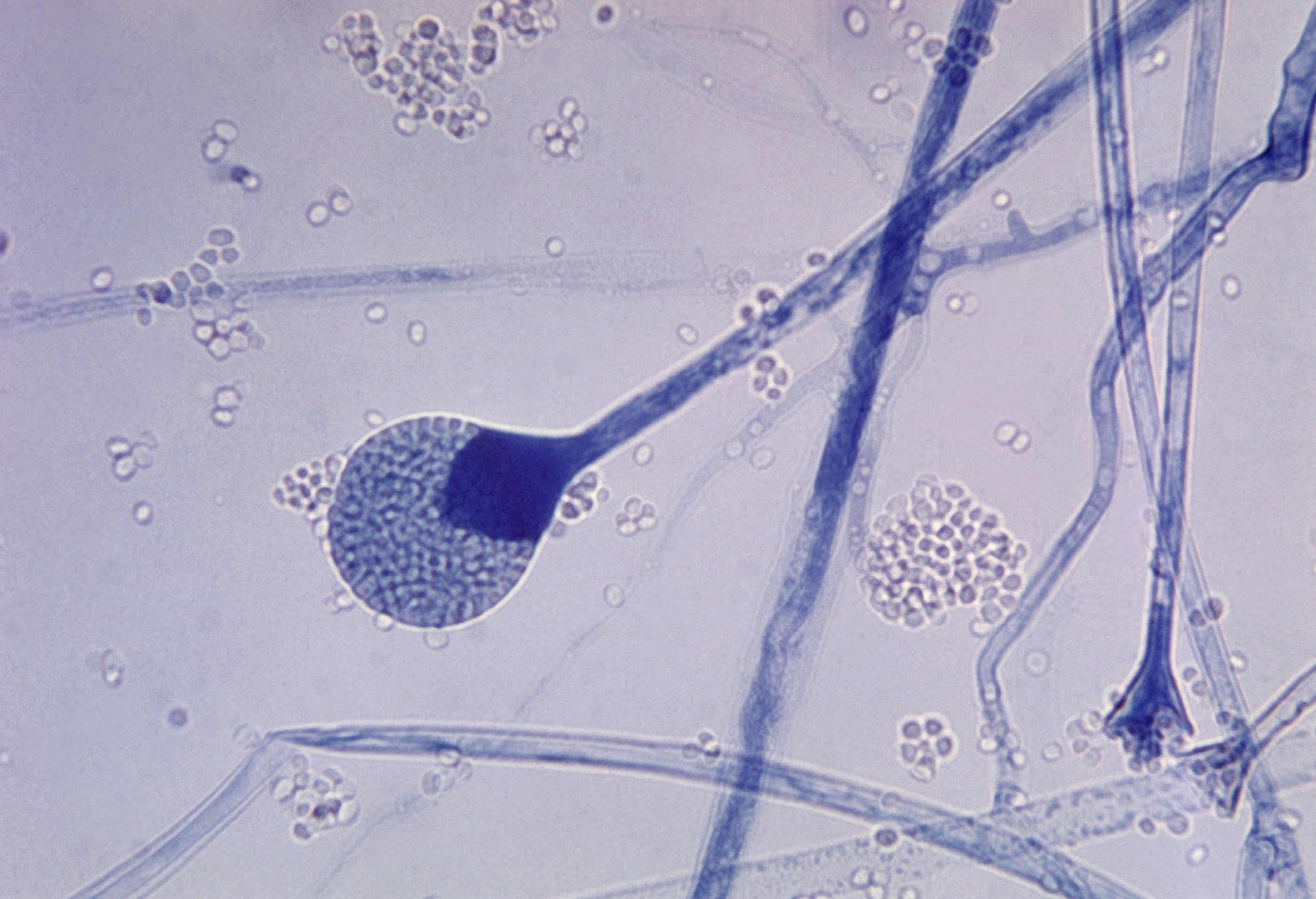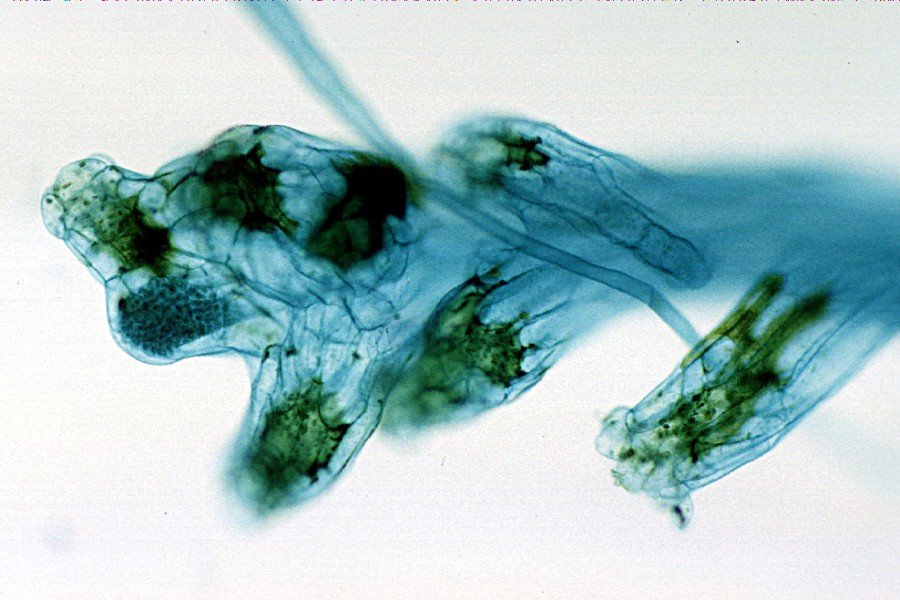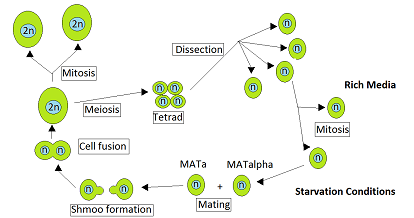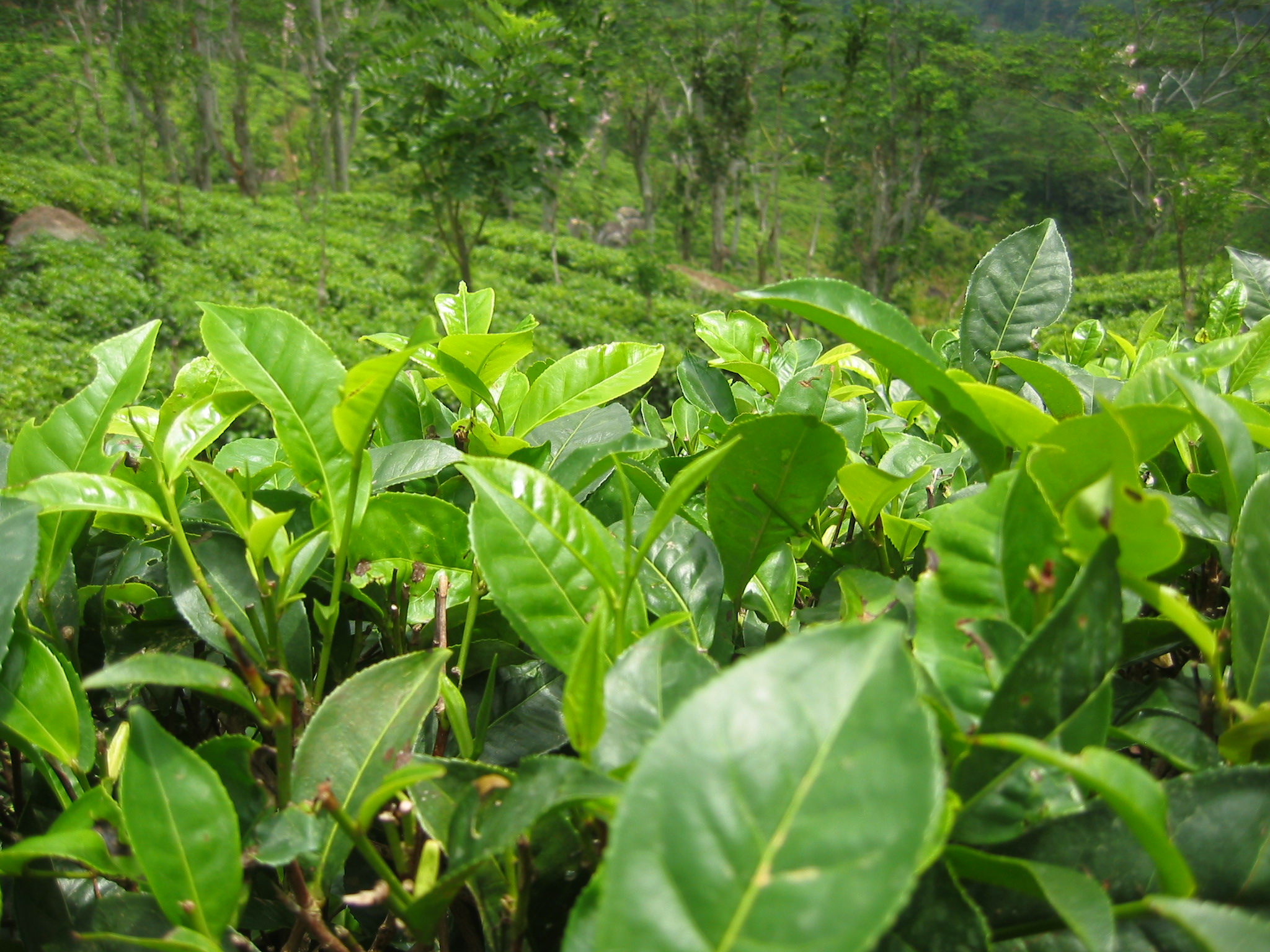|
Phytophthora Cinnamomi
''Phytophthora cinnamomi'', also known as cinnamon fungus, is a soil-borne water mould that produces an infection which causes a condition in plants variously called "dieback", "root rot", or (in certain '' Castanea'' species), "ink disease". Once infected soil or water is introduced, the organism can spread rapidly throughout an environment. An infestation can lead to the illness, death, and possible eradication of vulnerable plants, as well as habitat reduction for animals. An outbreak can be challenging to recognize and can inflict irreversible harm to ecosystems. The plant pathogen is one of the world's most invasive species and is present in over 70 countries around the world. Distribution and hosts ''Phytophythora cinnamomi'' is distributed worldwide and can infect a diverse range of hosts, including club mosses, ferns, cycads, conifers, cord rushes, grasses, lilies and a large number of species from many dicotyledonous families, and is included in the Invasive Spe ... [...More Info...] [...Related Items...] OR: [Wikipedia] [Google] [Baidu] |
Robert Delafield Rands
Robert Delafield Rands (1890–1970) was an American agronomist and mycologist. He served as chief director of Agriculture Office of Rubber Plant Investigations in the United States Department of Agriculture. Biography Rands was born in 1890. His Ph.D. thesis at the University of Wisconsin was in the field of plant pathology. In research in Indonesia, he showed that "brown bast" in ''Hevea'' species was a result of phloem necrosis due to tapping of the trees for latex. Rands met Minnie Frost, then a graduate student at the University of Chicago, in a field trip to the Rocky Mountains of Colorado. A year later they married in Frost's home town of Louisville, Kentucky on December 25, 1914. Minnie Frost Rands wrote a book about her experiences in the places the couple traveled to. After returning to the United States, Rands worked for the United States Department of Agriculture into diseases of sugar cane, and then at the beginning of World War II returned to study of rubber plants. ... [...More Info...] [...Related Items...] OR: [Wikipedia] [Google] [Baidu] |
Fraser Fir
The Fraser fir (''Abies fraseri''), sometimes spelled Frasier fir, is an endangered species of fir native to the Appalachian Mountains of the southeastern United States. They are endemic to only seven montane regions in the Appalachian Mountains. Taxonomy ''Abies fraseri'' is closely related to ''Abies balsamea'' (balsam fir), of which it has occasionally been treated as a subspecies (as ''A. balsamea'' subsp. ''fraseri'' (Pursh) E.Murray) or a variety (as ''A. balsamea'' var. ''fraseri'' (Pursh) Spach).Farjon, A. (1990). ''Pinaceae. Drawings and Descriptions of the Genera''. Koeltz Scientific Books .Liu, T.-S. (1971). ''A Monograph of the Genus Abies''. National Taiwan University.Flora of North America''Abies fraseri''/ref>Gymnosperm Database''Abies fraseri''/ref> Some botanists regard the variety of balsam fir named ''Abies balsamea'' var. ''phanerolepis'' as a natural hybrid with Fraser fir, denominated ''Abies × phanerolepis'' (Fernald) Liu. Names The species ''Abies fr ... [...More Info...] [...Related Items...] OR: [Wikipedia] [Google] [Baidu] |
Sporangium
A sporangium (from Late Latin, ; : sporangia) is an enclosure in which spores are formed. It can be composed of a unicellular organism, single cell or can be multicellular organism, multicellular. Virtually all plants, fungus, fungi, and many other groups form sporangia at some point in their biological life cycle, life cycle. Sporangia can produce spores by mitosis, but in land plants and many fungi, sporangia produce genetically distinct haploid spores by meiosis. It's outdated name, sporange, is one of the few perfect rhymes for Orange (colour), orange. Fungi In some phyla of fungi, the sporangium plays a role in asexual reproduction, and may play an indirect role in sexual reproduction. The sporangium forms on the sporangiophore and contains Ploidy, haploid Cell nucleus, nuclei and cytoplasm. Spores are formed in the sporangiophore by encasing each haploid nucleus and cytoplasm in a tough outer membrane. During asexual reproduction, these spores are dispersed via wind and g ... [...More Info...] [...Related Items...] OR: [Wikipedia] [Google] [Baidu] |
Mycelia
Mycelium (: mycelia) is a root-like structure of a fungus consisting of a mass of branching, thread-like hyphae. Its normal form is that of branched, slender, entangled, anastomosing, hyaline threads. Fungal colonies composed of mycelium are found in and on soil and many other substrates. A typical single spore germinates into a monokaryotic mycelium, which cannot reproduce sexually; when two compatible monokaryotic mycelia join and form a dikaryotic mycelium, that mycelium may form fruiting bodies such as mushroom A mushroom or toadstool is the fleshy, spore-bearing Sporocarp (fungi), fruiting body of a fungus, typically produced above ground on soil or another food source. ''Toadstool'' generally refers to a poisonous mushroom. The standard for the n ...s. A mycelium may be minute, forming a colony that is too small to see, or may grow to span thousands of acres as in ''Armillaria''. Through the mycelium, a fungus absorbs nutrients from its environment. It does thi ... [...More Info...] [...Related Items...] OR: [Wikipedia] [Google] [Baidu] |
Chlamydospore
A chlamydospore is the thick-walled large resting spore of several kinds of fungi, including Ascomycota such as '' Candida'', Basidiomycota such as '' Panus'', and various Mortierellales species. It is the life-stage which survives in unfavourable conditions, such as dry or hot seasons. '' Fusarium oxysporum'' which causes the plant disease Fusarium wilt is one which forms chlamydospores in response to stresses like nutrient depletion. Mycelia of the pathogen can survive in this manner and germinate in favorable conditions. Chlamydospores are usually dark-coloured, spherical, and have a smooth (non-ornamented) surface. They are multicellular, with cells connected by pores in the septae between cells. Chlamydospores are a result of asexual reproduction (in which case they are conidia called chlamydoconidia) or sexual reproduction (rare). Teliospores are special kind of chlamydospores formed by rusts and smuts. File:Candida pseudohyphae, chlamydospores, blastospores.png, Ps ... [...More Info...] [...Related Items...] OR: [Wikipedia] [Google] [Baidu] |
Homothallism
In fungi and algae, homothallism refers to the condition in which a single individual or thallus carries the genetic determinants (i.e., both mating types or sexes) required to undergo sexual reproduction without the need for a distinct mating partner. The opposite sexual functions are performed by different cells of a single mycelium. It can be contrasted to heterothallic. It is often used to categorize fungi. In yeast, heterothallic cells have mating types a and α. An experienced mother cell (one that has divided at least once) will switch mating type every cell division cycle because of the ''HO'' allele. Sexual reproduction commonly occurs in two fundamentally different ways in fungi. These are outcrossing (in heterothallic fungi) in which two different individuals contribute nuclei to form a zygote, and self-fertilization or selfing (in homothallic fungi) in which both nuclei are derived from the same individual. Homothallism in fungi can be defined as the capability of an ... [...More Info...] [...Related Items...] OR: [Wikipedia] [Google] [Baidu] |
Oospore
An oospore is a thick-walled sexual spore that develops from a fertilized oosphere in some algae, fungi, and oomycetes. They are believed to have evolved either through the fusion of two species or the chemically induced stimulation of mycelia, leading to oospore formation. In Oomycetes, oospores can also result from asexual reproduction, by apomixis In botany, apomixis is asexual development of seed or embryo without fertilization. However, other definitions include replacement of the seed by a plantlet or replacement of the flower by bulbils. Apomictically produced offspring are geneti .... These haploid, non-motile spores are the site of meiosis and karyogamy in oomycetes. A dormant oospore, when observed under an electron microscope, has led researchers to draw conclusion that there is only a single central globule with other storage bodies surrounding it. References {{reflist Reproduction ... [...More Info...] [...Related Items...] OR: [Wikipedia] [Google] [Baidu] |
Gametangium
A gametangium (: gametangia) is a sex organ or cell in which gametes are produced that is found in many multicellular protists, algae, fungi, and the gametophytes of plants. In contrast to gametogenesis in animals, a gametangium is a haploid structure and formation of gametes does not involve meiosis. Types of gametangia Depending on the type of gamete produced in a gametangium, several types can be distinguished. Female Female gametangia are most commonly called archegonia. They produce egg cells and are the sites for fertilization. Archegonia are common in algae and primitive plants as well as gymnosperms. In flowering plants, they are replaced by the embryo sac inside the ovule. Male The male gametangia are most commonly called antheridia. They produce sperm cells that they release for fertilization. Antheridia producing non-motile sperm (spermatia) are called spermatangia. Some antheridia do not release their sperm. For example, the oomycete antheridium is a sy ... [...More Info...] [...Related Items...] OR: [Wikipedia] [Google] [Baidu] |
Heterothallic
Heterothallic species have sexes that reside in different individuals. The term is applied particularly to distinguish heterothallic fungi, which require two compatible partners to produce sexual spores, from homothallic ones, which are capable of sexual reproduction from a single organism. In heterothallic fungi, two different individuals contribute nuclei to form a zygote. Examples of heterothallism are included for ''Saccharomyces cerevisiae, Aspergillus fumigatus, Aspergillus flavus'', '' Penicillium marneffei'' and ''Neurospora crassa''. The heterothallic life cycle of ''N. crassa'' is given in some detail, since similar life cycles are present in other heterothallic fungi. Certain heterothallic species (such as ''Neurospora tetrasperma'') are called "pseudo-homothallic". Instead of separating into four individual spores by two meiosis events, only a single meiosis occurs, resulting in two spores, each with two haploid nuclei of different mating types (those of its parent ... [...More Info...] [...Related Items...] OR: [Wikipedia] [Google] [Baidu] |
Ploidy
Ploidy () is the number of complete sets of chromosomes in a cell, and hence the number of possible alleles for autosomal and pseudoautosomal genes. Here ''sets of chromosomes'' refers to the number of maternal and paternal chromosome copies, respectively, in each homologous chromosome pair—the form in which chromosomes naturally exist. Somatic cells, tissues, and individual organisms can be described according to the number of sets of chromosomes present (the "ploidy level"): monoploid (1 set), diploid (2 sets), triploid (3 sets), tetraploid (4 sets), pentaploid (5 sets), hexaploid (6 sets), heptaploid or septaploid (7 sets), etc. The generic term polyploid is often used to describe cells with three or more sets of chromosomes. Virtually all sexually reproducing organisms are made up of somatic cells that are diploid or greater, but ploidy level may vary widely between different organisms, between different tissues within the same organism, and at different stages in an o ... [...More Info...] [...Related Items...] OR: [Wikipedia] [Google] [Baidu] |
Boxwood
''Buxus'' is a genus of about seventy species in the family Buxaceae. Common names include box and boxwood. The boxes are native to western and southern Europe, southwest, southern and eastern Asia, Africa, Madagascar, northernmost South America, Central America, Mexico and the Caribbean, with the majority of species being tropical or subtropical; only the European and some Asian species are frost-tolerant. Centres of diversity occur in Cuba (about 30 species), China (17 species) and Madagascar (9 species). They are slow-growing evergreen shrubs and small trees, growing to 2–12 m (rarely 15 m) tall. The leaves are opposite, rounded to lanceolate, and leathery; they are small in most species, typically 1.5–5 cm long and 0.3–2.5 cm broad, but up to 11 cm long and 5 cm broad in ''B. macrocarpa''. The flowers are small and yellow-green, monoecious with both sexes present on a plant. The fruit is a small capsule 0.5–1.5 cm long (to 3 c ... [...More Info...] [...Related Items...] OR: [Wikipedia] [Google] [Baidu] |
Camellia
''Camellia'' (pronounced or ) is a genus of flowering plants in the family Theaceae. They are found in tropical and subtropical areas in East Asia, eastern and South Asia, southern Asia, from the Himalayas east to Japan and Indonesia. There are more than 220 described species; almost all are found in southern China and Indochina. Camellias are popular ornamental, tea, and woody-oil plants cultivated worldwide for centuries. Over 26,000 cultivars, with more than 51,000 cultivar names, including synonyms, have been registered or published. The leaves of ''Camellia sinensis, C. sinensis'' are processed to create tea, and so are of particular economic importance in East Asia, Southeast Asia, and the Indian subcontinent, with the processed leaves widely sold and consumed globally. The ornamental ''Camellia japonica, C. japonica'', ''Camellia sasanqua, C. sasanqua'' and their Hybrid (biology)#Hybrid plants, hybrids are the source of hundreds of garden cultivars. ''Camellia oleifera, C ... [...More Info...] [...Related Items...] OR: [Wikipedia] [Google] [Baidu] |
